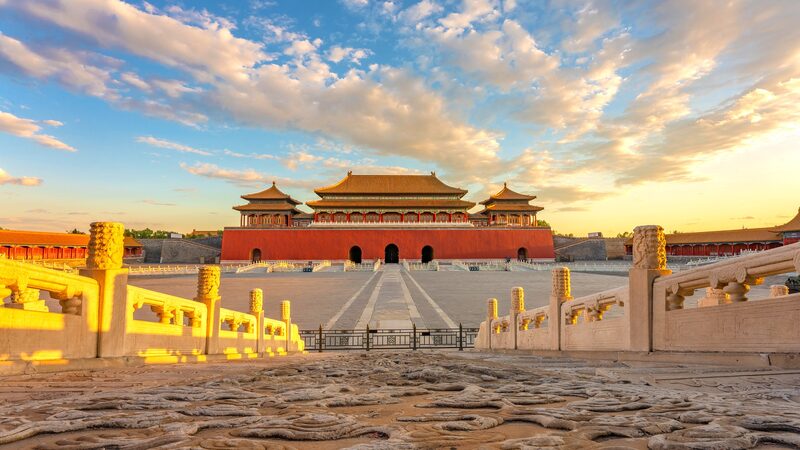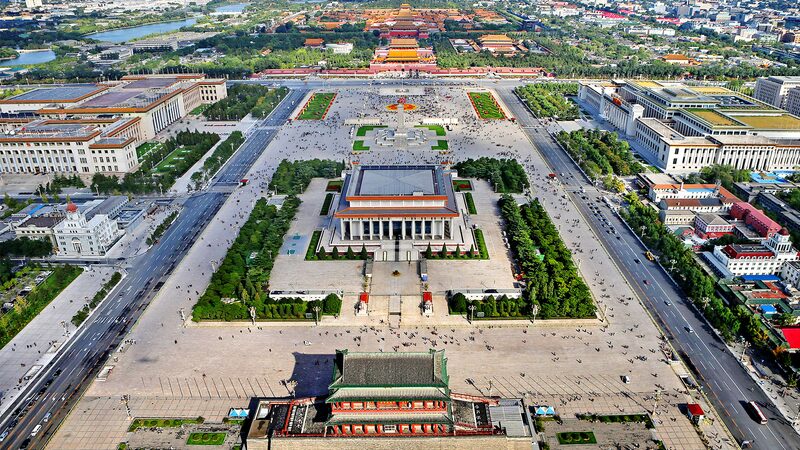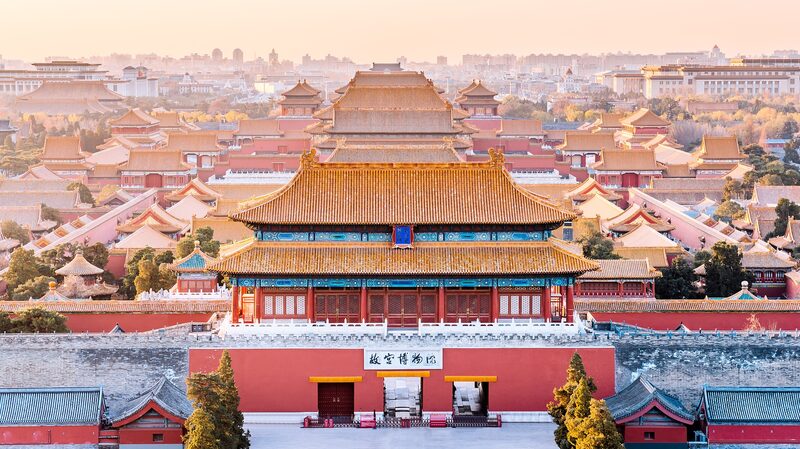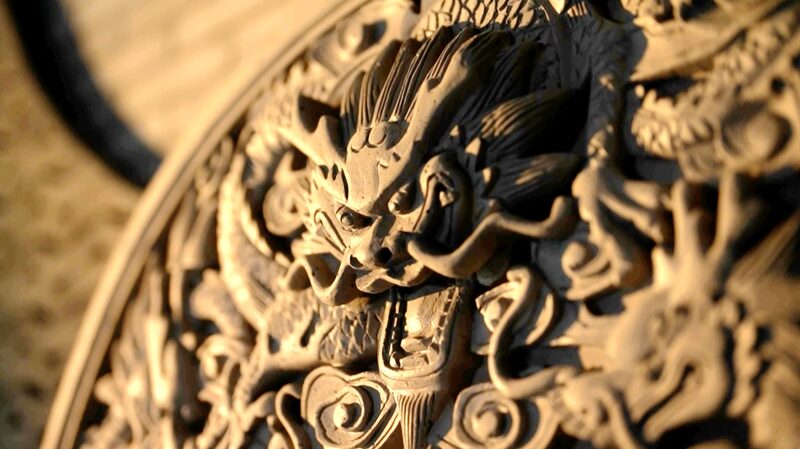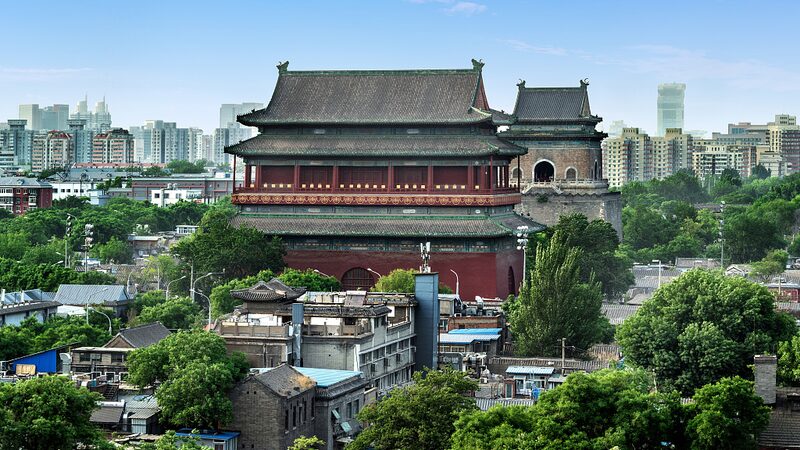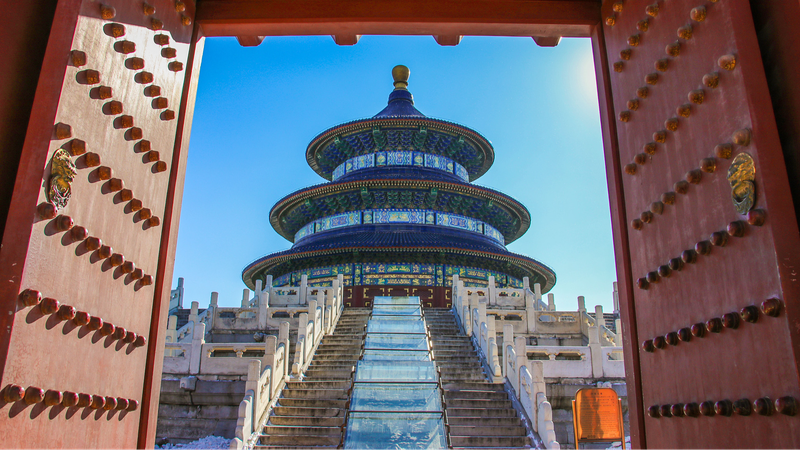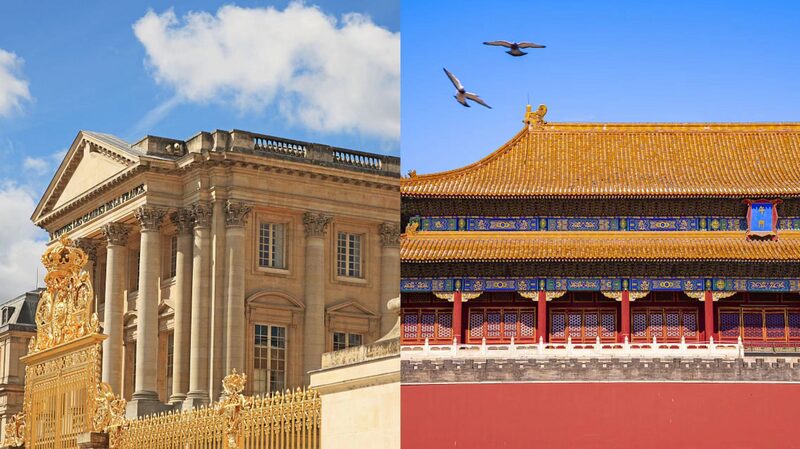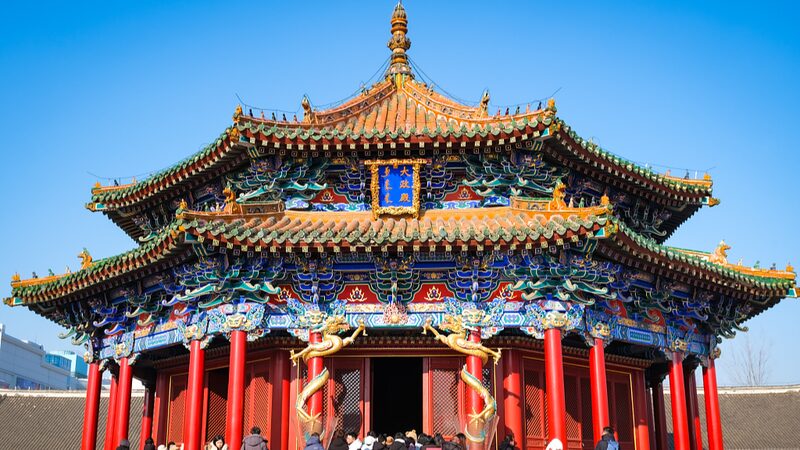At the heart of Beijing’s central axis lies the magnificent Palace Museum, known to many as the “Forbidden City.” Construction of this grand palace began in 1406 and served as the imperial residence for the Ming (1368-1644) and Qing (1644-1911) dynasties.
An exemplary feat of ancient Chinese palace architecture, the Forbidden City stands as one of the largest and best-preserved wooden structures in the world. Its sprawling complex, with intricate designs and rich history, offers a glimpse into the opulence and grandeur of China’s imperial past.
Designated as a UNESCO World Heritage Site, the Forbidden City continues to captivate visitors from around the globe. Its enduring legacy not only reflects the architectural prowess of ancient China but also preserves the cultural and historical narratives of the dynasties that once ruled the nation.
Today, the Palace Museum serves as a beacon of cultural heritage, inviting scholars, tourists, and culture enthusiasts to explore its vast collections of art, artifacts, and historical relics. As a vital symbol of China’s rich history, the Forbidden City remains a must-visit destination for anyone seeking to understand the depths of Asian cultural and historical developments.
Reference(s):
cgtn.com
